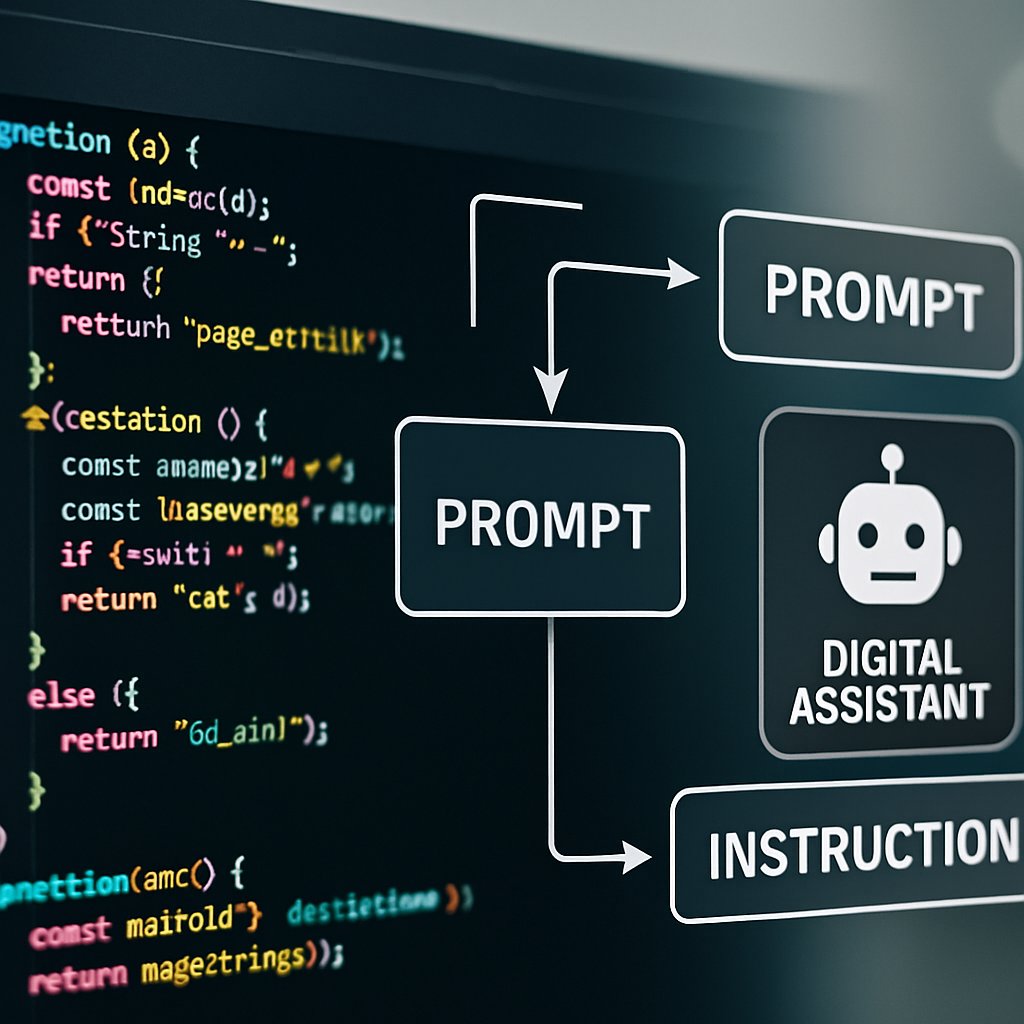Streamlining Developer-AI Conversations: Mastering Prompt Patterns for Efficiency
In the fast-paced world of software development, where every second counts, the ability to harness AI tools effectively can make all the difference. With the rise of AI-assistance tools like ChatGPT, developers can now access a new realm of coding support. But wait! Even with these powerful AI tools at our fingertips, there's a well-documented challenge: the dreaded, back-and-forth conversation that can leave you pulling your hair out. Fortunately, recent research is here to throw us a lifeline by examining how structured prompts can streamline these interactions. Let’s dive into the findings and explore how developers can optimize their communication with AI for better coding outcomes.
The AI Assisting Revolution: Are We Making the Most of It?
Think of AI in coding as your super-savvy friend who knows a ton about programming. They’re great at helping you brainstorm ideas or debug your code—but getting them to understand exactly what you need can sometimes feel like playing a game of charades. That's where the importance of prompt engineering comes into play.
Prompt engineering involves crafting inputs (or prompts) that guide AI models, like ChatGPT, to produce the desired outputs. The idea is to transition from vague, general questions to well-crafted prompts that not only convey what you need but do so succinctly. This study, led by an impressive team of researchers, aims to reveal how structured prompt patterns can improve collaboration between developers and AI, ultimately freeing up valuable coding time.
What Are Prompt Patterns?
Imagine giving your well-meaning friend (the AI) a treasure map instead of just saying, "Find something cool." With structured prompt patterns, developers can create reusable prompts that guide their AI assistants to deliver high-quality results in fewer interactions. This can significantly slash the time spent on conversations. The research identified seven distinct prompt patterns that help developers engage effectively with AI. Let's break these down:
Context and Instruction Pattern: This combines relevant context with explicit instructions. For example, instead of just asking, "Generate a function," you might say, "Generate a function that checks if a number is even, including edge cases."
Recipe Pattern: As you might guess, this pattern outlines steps in a structured format. It’s like writing out a recipe for your favorite dish—ensuring nothing gets lost in translation.
Template Pattern: This involves setting a standardized format for requests, making sure the AI knows exactly what kind of response is expected every time.
Output Automator Pattern: In this scenario, the developer specifies how the output should look, akin to saying, “Please format this data as a JSON object.”
Instruction-Based Pattern: Directly instruct the AI on what you need, minimizing ambiguity.
Question Pattern: Aimed at asking precise questions to extract specific information or clarification from the AI.
Persona Pattern: Assigning the AI a specific role (like a “Python expert”) can help it tailor its responses in a way that's more relevant to the task at hand.
Why Does It Matter?
Every seasoned developer knows that poorly structured prompts can lead to convoluted code, bugs, and ultimately more time wasted. This study highlights that by employing the right prompt patterns, developers can reduce unnecessary dialogue with AI by achieving satisfactory responses faster.
The Study's Big Idea: Analyzing Real Interactions
To uncover the best prompt patterns, the researchers analyzed the DevGPT dataset—an extensive compilation of conversations between developers and ChatGPT. By studying actual developer interactions, they were able to determine which prompt patterns led to fewer iterations before reaching a satisfactory outcome.
Findings: What Worked Best?
By examining 412 entries from pull requests (PRs) and 471 issue records, the study identified patterns that not only minimized back-and-forth conversations but also produced high-quality outputs. Here's what they found:
- For PRs, the Output Automator and Simple Instruction patterns were the stars, requiring fewer prompts to close a request effectively.
- For issues, the Question Pattern and Output Automator were most efficient, providing clear paths to resolution.
In both datasets, using structured prompts resulted in significant time savings. The Context and Instruction pattern emerged as a crowd favorite, proving its worth by yielding consistently high effectiveness scores.
Practical Implications: Tips for Developers
So, how can developers apply these findings to their day-to-day coding tasks? Here are some practical tips:
Start with Context: Always give the AI as much context as possible before diving into the specifics of your request. This reduces ambiguity and sets the stage for a great response.
Be Clear and Concise: Avoid vagueness. Using direct instructions can lead to more accurate outputs.
Use Structured Prompts: Implement the discovered patterns in your interactions. Don’t just wing it—apply the Recipe or Template patterns to create a standard structure for recurring tasks.
Iterate Intelligently: Don’t hesitate to refine your prompts based on the AI’s previous responses. If you're not getting what you want, adapt your approach using different patterns to experiment with better outcomes.
Engage in a Dialogue: Think of AI not just as a tool, but as a partner in coding. Refine your prompts based on its responses to improve the collaboration further.
Key Takeaways
Integrate Structured Prompt Patterns: Harnessing patterns like Context and Instruction, Recipe, and Output Automator leads to more efficient collaboration between developers and AI tools like ChatGPT.
Minimize Iterations: The right prompts can significantly reduce the time spent on coding tasks (and that’s a win for any developer).
Be Intentional with Your Prompts: Craft your prompts carefully, providing context and clarity to achieve better responses from AI assistants.
Optimize Your Approach: Leverage the knowledge of which patterns yield satisfactory results with fewer iterations to refine your coding practices and save time.
By embracing the insights from this study, developers can transform their interactions with AI, paving the way for faster, more effective coding assistance that truly enhances productivity. So, why not start incorporating these practical insights into your next encounter with an AI assistant? Your future self (and your waiting colleague) will thank you!

